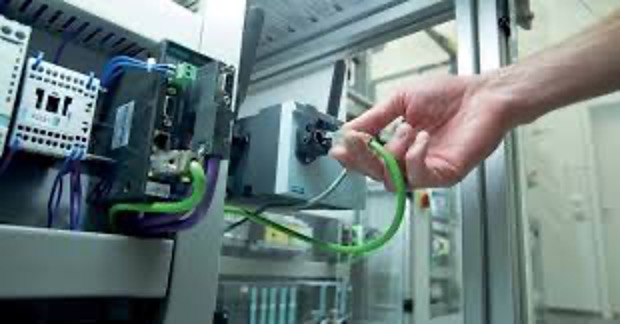News & Events
Evolution and Protection of Industrial Networks
Connectivity is at the core of modern automation in manufacturing and beyond. System links between devices, controls, machines, and the cloud facilitate the use of data so important to functionality of the plant. We have come a long way since we were formatting data bits and baud rates to make PLC’s talk to each other. Now, while we still have some various forms of standardized protocols like Modbus, leading trends include the rise of edge computing (including the use of industrial gateways), services that support cloud connectivity, Ethernet-based networks, wireless communications, open-source programming code, and unifying software environments.
When designing systems, many engineers are still likely to picture the traditional automation-communications networks. Such architectures include data exchanges between field-level sensors and higher implementation layers … as well as some communications between controls … finally rising to the pinnacle of the enterprise level. But several technologies have facilitated distributed and intelligent systems with flatter machinery communication structures.
My first job in the world of industrial automation included dial up modems in every PLC cabinet, with a phone line running to each, a modem at home to connect the a PLC remotely as needed, and a modem device in a backpack that would turn my old Motorolla flip phone into a dial up modem for my laptop. I didn’t give a thought to hackers or attacks. Today, controls engineers and electrical staff demand easily accessible equipment that will allow troubleshooting from a tablet or phone.
With this onset of broader and more open communications and more demand for easily accessible remote connectivity, comes more vulnerability to the plant for cyber attacks. B&K staff can help to design and implement proper protection for a control system. Understanding the automation equipment, the communications network, and the risks for attack, we are able to provide a plan for protecting your plant and your peace of mind. Please contact our automation product managers or technical services department for more information.

